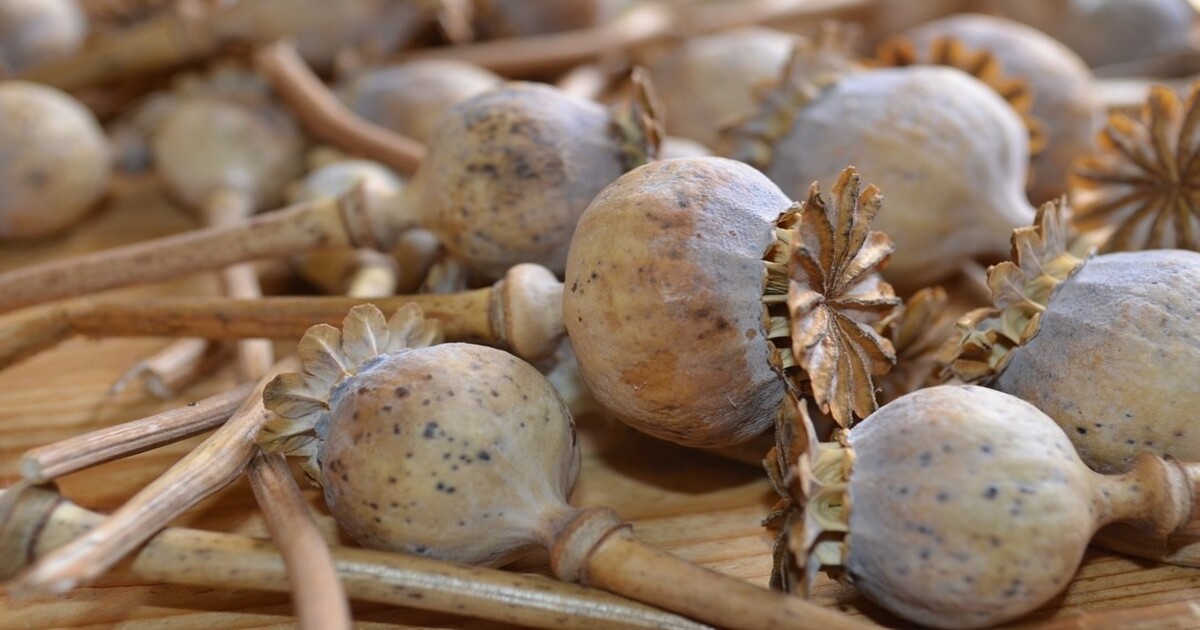Afghanistan: Opium’s Global Ground Zero
Addiction in the top producer country is changing.
July 9, 2016

1. After more than three decades of war, just about the only constant in Afghanistan is that the country consistently produces most of the world’s opium — over 85% in 2014. The land area under cultivation in 2014 was the highest ever recorded.
2. In 2009, the latest year data were compiled, Afghanistan became the nation with highest population share of opiate users in the world, but its opioid use is much lower. Opiates occur naturally in opium poppy plants. Opioids, by contrast, are synthesized compounds derived from opium, which can also be addictive.
3. An estimated 2.65% of Afghans aged 15-64 were using opiates in 2009.
4. This marks a sharp increase from 2005, when the level of opiate use in Afghanistan was just 1.4%, according to the UN Office on Drugs and Crime.
5. Opium in its non-synthesized forms has historically been consumed primarily by the elderly in Afghanistan.
6. Indeed, more than half (6-12 million) of opiate users globally live in Asia.
7. Worldwide, an estimated 16.5 million people abused natural opiates (as opposed to synthesized opioids like heroin) in 2014.
8. However, Afghanistan’s domestic drug consumption problem has spread to the younger generation.
9. Factors in spreading Afghan drug consumption include the current lack of economic and physical security as well as a war-traumatized population in search of relief.
10. Traditional opiates have been replaced for some Afghans with stronger opioids like heroin.
Sources: The Globalist Research Center, UNODC and NPR
Takeaways
Author
The Globalist
Read previous
Global Health
Russia’s Addiction Problem
July 9, 2016